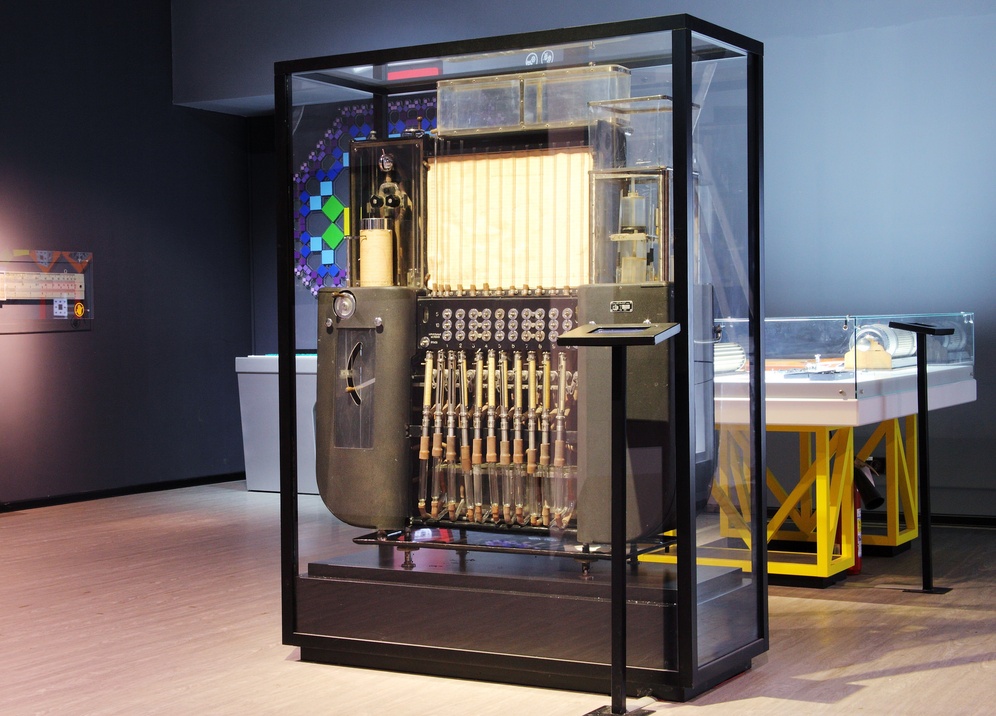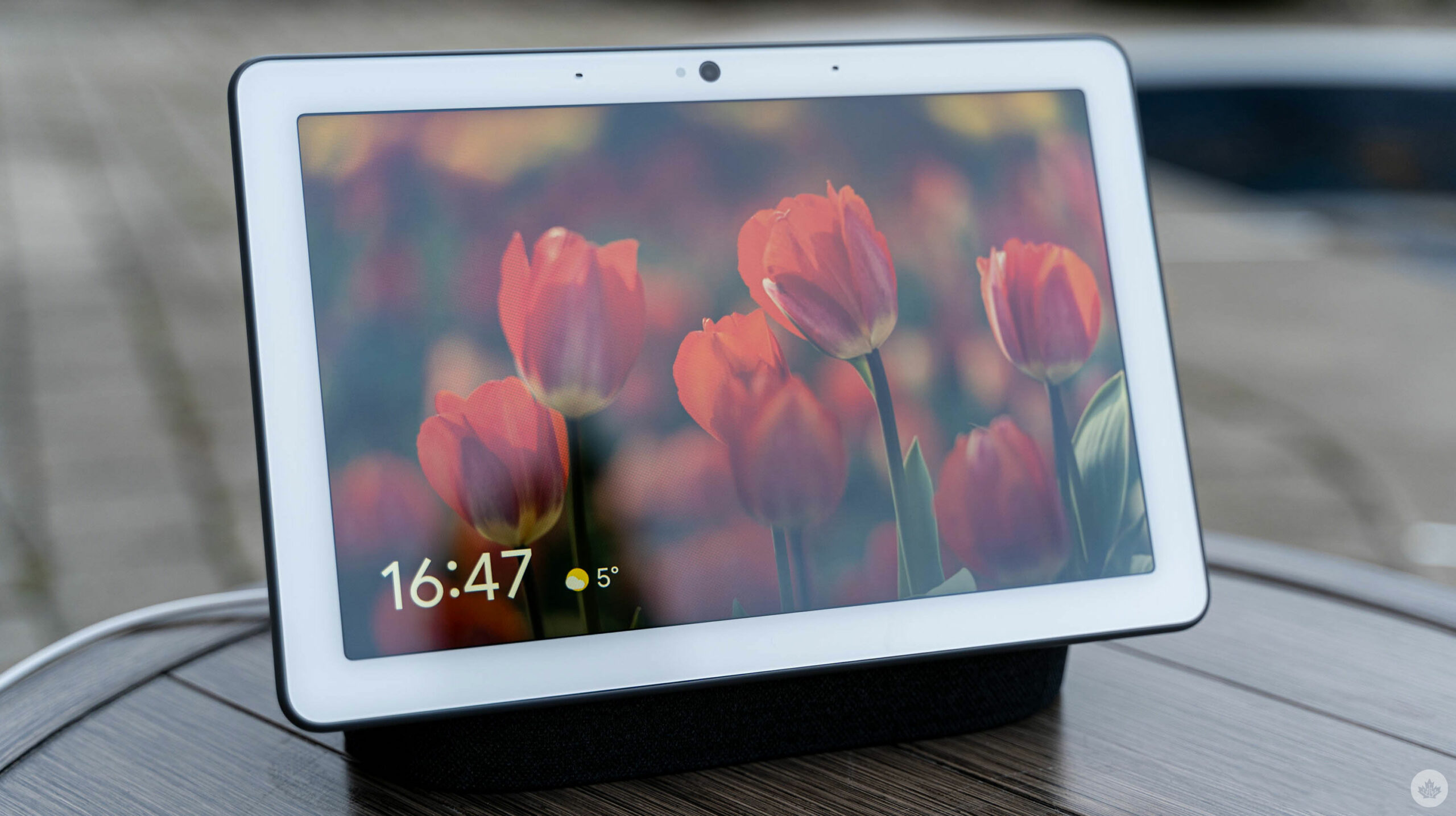Choose your answer and the correct choice will be revealed.

While the first computers were mechanical and famously ran on vacuum tubes, there were other schools of thought that introduced a different kind of computer – one that ran on water. In the 1930s, the Russian scientist Vladimir Lukyanov built an analog computer known as the “Water Integrator” or “Lukyanov’s Integrator.”
This computer was built to solve partial differential equations. It was particularly useful in calculations for concrete construction, allowing for different materials and climate conditions. The device was not digital, but used water flowing through a series of interconnected tanks, tubes and pumps to perform its calculations. Lukyanov discovered that water flow is in many respects similar in its laws to the distribution of heat, thus by building a computer where the main component was water, he could visualize the invisible thermal process.
Solutions were obtained by precisely measuring the levels of water in specific tubes, with accuracy down to fractions of a millimeter. Initially, Lukyanov developed the Water Integrator to address the problem of cracking in concrete under different environmental conditions. However, its applications quickly expanded, inspiring similar systems that were used across a range of fields, including geology, metallurgy, thermal physics, and even rocket engineering.
This ingenious system offered practical solutions to manage the diverse materials and extreme climatic conditions faced in Russia. Although it may seem arcane compared to the silicon-based technologies we know today, Lukyanov’s Water Integrator holds a significant place in the history of computers. It highlights the adaptability of human invention, demonstrating how scientists and engineers utilized readily available resources to tackle complex challenges long before the advent of modern computing.
The Water Integrator played a role in significant engineering projects, such as the design of the Karakum Canal in the 1940s, one of the largest irrigation and water supply canals in the world, and the construction of the Baikal-Amur Mainline railway in the 1970s. Remarkably, water analog computers were used in the Soviet Union for large-scale modeling tasks until the 1980s, underscoring their utility and reliability over decades.
Today, the Water Integrator can be seen at Moscow’s Polytechnic Museum.








Leave a Comment